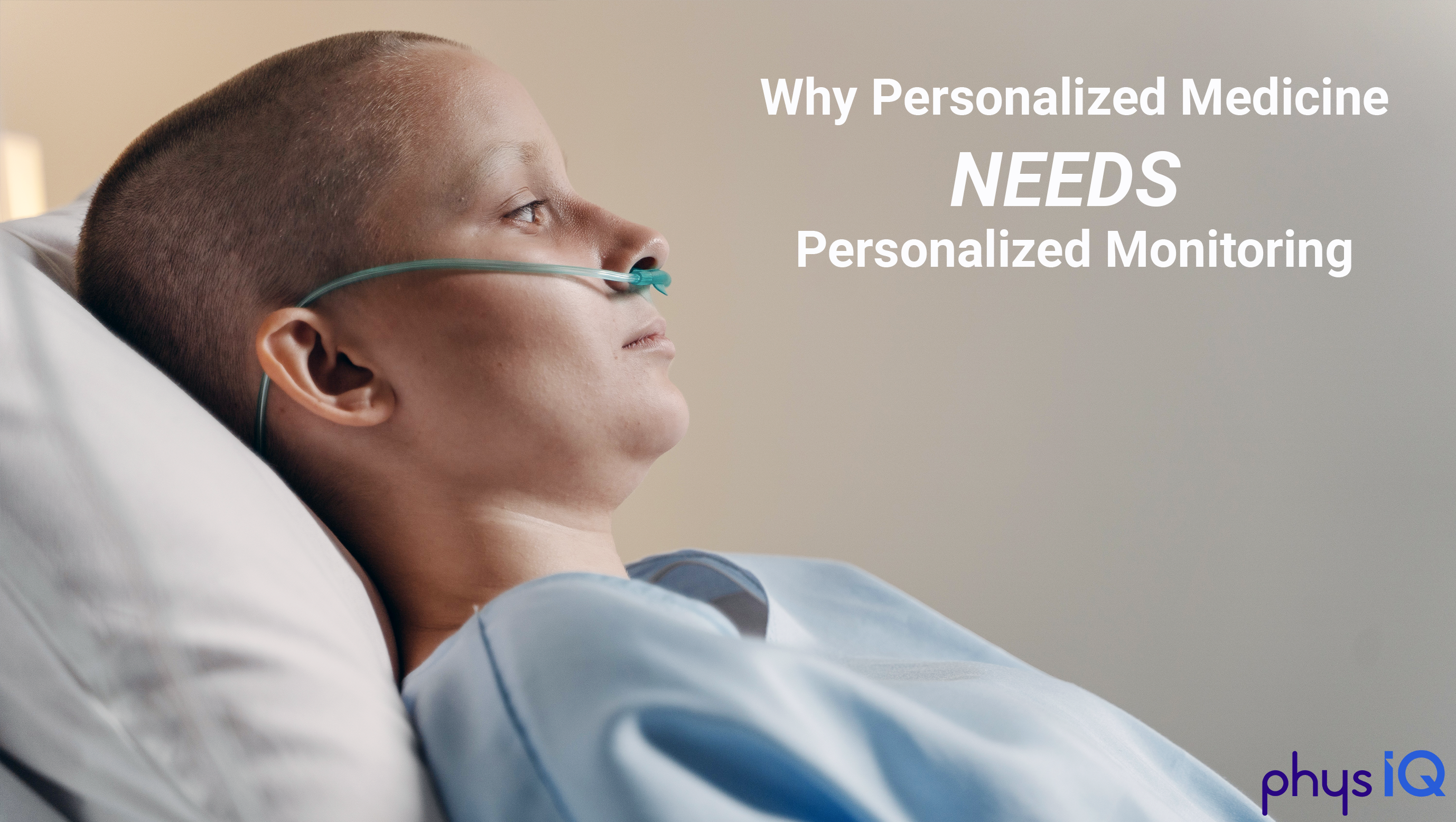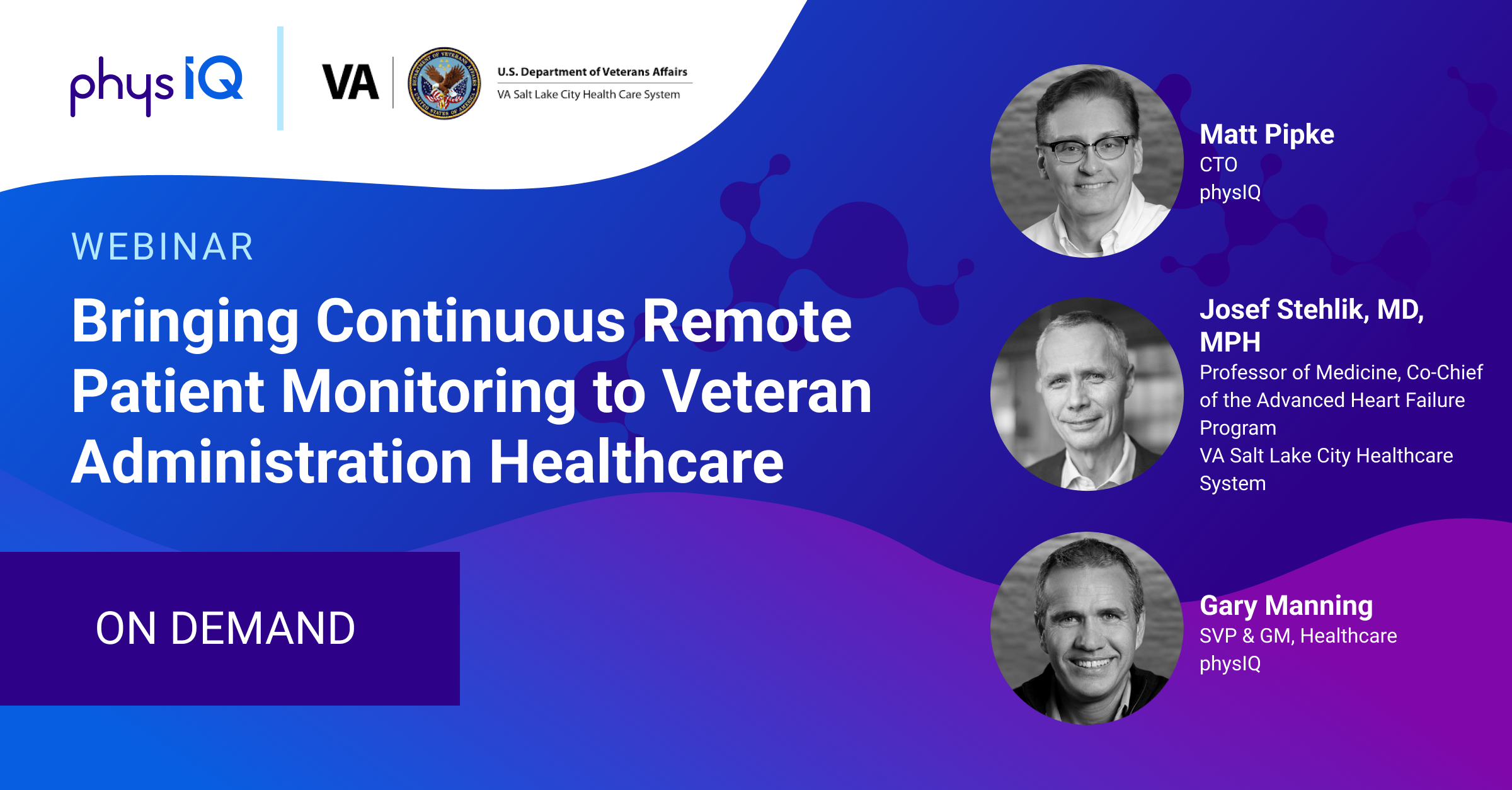Tracking mRNA from Efficacy to Effectiveness
Recent news around the promising mRNA vaccines targeting cancers results indeed caused great excitement in many circles. The number of mRNA clinical...
2 min read
![]() Chris Economos
:
July 10, 2017
Chris Economos
:
July 10, 2017

In the 1950s industrial engineers at Toyota began innovating around supply chain management whereby component parts were manufactured and delivered precisely when they were needed. This innovative approach, called kanban, ensured costly resources were not wasted on building, shipping, or storing unnecessary inventory. Through this, just-in-time manufacturing evolved and is now standard production practice across various industries, from manufacturing to oil refinement.
The key enabling factors here are the ability to 1) detect when additional inventory components are required (the signal), 2) communicate, in real time, demand to upstream suppliers, and 3) predict future demand to optimize resource allocation. Collectively, these three factors transformed manufacturing and they now have the potential to transform healthcare delivery.
Historically, the concepts of detection, communication, and prediction were nearly impossible in outpatient healthcare. Human physiology, behaviors, and disease trajectories were simply too unpredictable to leverage any just-in-time management strategies. As a result, the traditional approach to patient management comes either in the form of after-the-fact, responsive treatment (ie. ED visit) or planned visits, based on arbitrary time intervals depending on the conditions managed (eg. every X months for diabetes, every Y months for cardiovascular disease). Thus, the best we could do is treat people after something bad has happened or bring everyone in at the same intervals, irrespective of how well or poorly their condition is controlled. In either case, this is a suboptimal approach to resource allocation.
By virtue of continuous bio-sensing and personalized analytics, clinicians now have physiological visibility into their ambulatory populations in near-real time. These novel solutions bring the ability to understand how at-risk patients are faring and determine if they should be engaged for clinical intervention. That is, we now have clinical solutions that offer the potential for detection, communication, and prediction of worsening health such that clinicians can intervene with the right patient at the right time to improve clinical outcomes while lowering costs.
For the acute patient, such as with CHF and COPD, the opportunity is to leverage wearable or implantable biosensors and personalized analytics to identify WHEN a patient may be sliding towards exacerbation, such that outpatient intervention can be delivered to avoid the ED visit or hospitalization.
For the chronic patient with, for example, diabetes or hypertension, the opportunity is to know WHEN patients are struggling with their ambulatory self-management, such that resources are allocated to those who need it and not wasted on those who are well controlled and doing fine.
The opportunity, therefore, is to implement a system whereby providers engaged in value-based care models have a tool that can help them detect changes in a patient that may be a precursor to an acute-care event, proactively intervene using lower-acuity/loser-cost resources and, hopefully, avoid the high-cost ED visit or hospitalization.
It’s interesting to note that kanban, translated from Japanese, means “signboard”. Imagine a digital signboard that identifies those within your at-risk population experiencing changes that potentially indicate risk of an acute care event in the next two weeks…how would that transform your ability to manage these folks?
Just-in-time manufacturing, meet just-in-time outpatient care.
Recent news around the promising mRNA vaccines targeting cancers results indeed caused great excitement in many circles. The number of mRNA clinical...

The recent wave of public interest in several groundbreaking studies of mRNA vaccines in the treatment of cancer are perfect examples of how the rise...

Prevention, early detection, and vigilant patient monitoring are critical elements in successfully and cooperatively managing patients with heart...